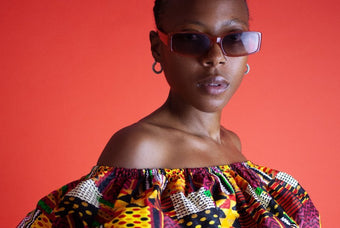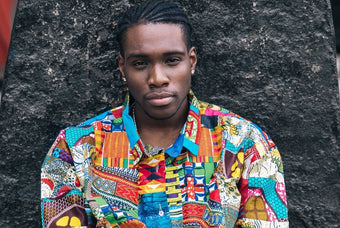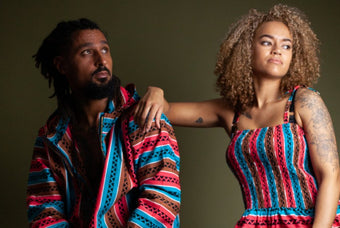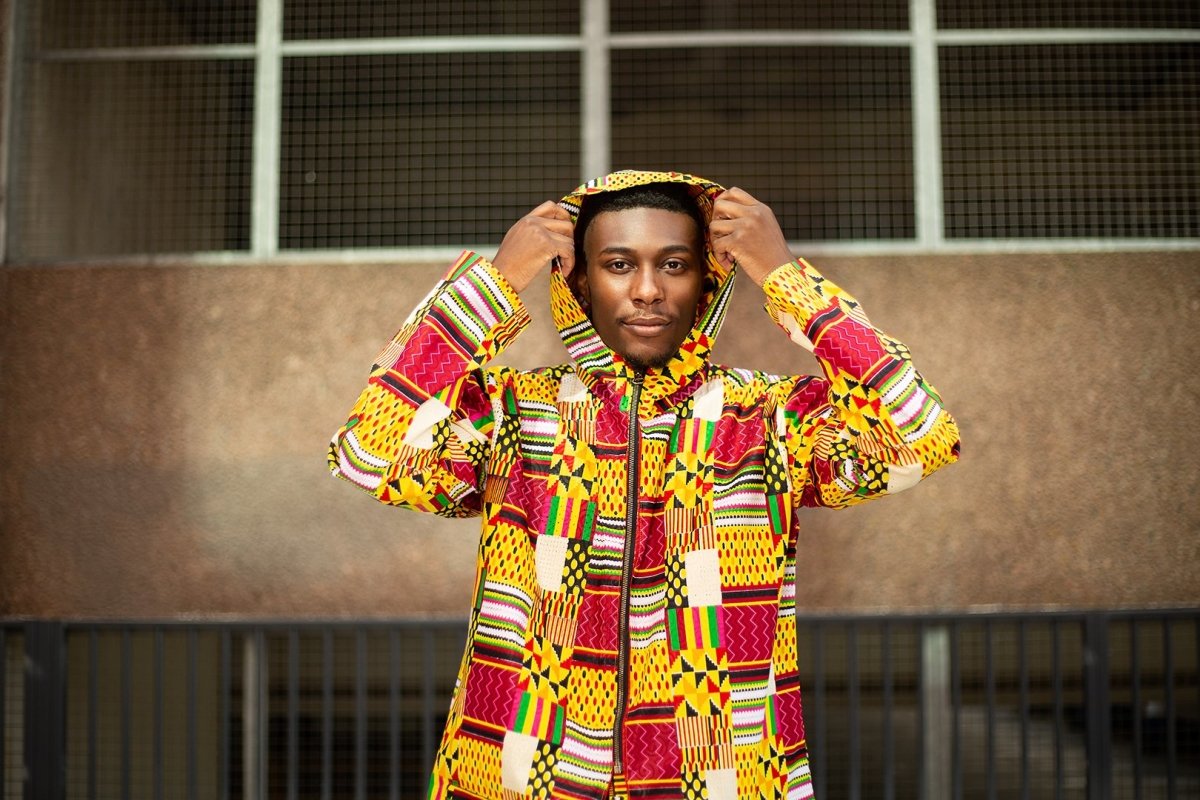The cradle of humanity lies within the hands of Mother Africa. A unique mixture of ecosystems that make up a diverse cultural landscape.
Africa is a complex and diverse continent where the fashion is just as deep and colourful as the continent itself. Fashion has always been a global language; a medium by which Africa’s diversity chooses to speak to the world.
In this one picture we display fabrics from across the continent
Some of the world’s greatest empires originated in Africa. Therefore, it should be no surprise that a colourful world of fashion coincides with such a rich history. Every textile and design expresses the individuality of the culture it came from, echoing the rich diversity Africa enjoys.
 .
. 
The first commonly known fabirc came Bogolanfini aka Mud Cloth, originating from Mali. The Mali wore hand-printed cloths called Bogolanfini. Each cloth had arrangements of symbols revealing something secret about its intended meaning. The language of the cloth was passed down from mother to daughter along with specific motifs. Men were responsible for weaving the narrow strips of plain fabric that were pieced together into a larger rectangular cloth.

Pre dating Malian mud cloth, and one of the first fabrics used by mankind is Barkcloth. The Ugandan born cloth was used to produce loincloths, skirts, draperies, wall hangings, and even bedding. Barkcloth is harvested from the locally grown Mutaba tree without bringing harm to the tree.
In the 17th century the rise of The Ashanti empire brought the world two distinctive fabrics. Woven Kente, that you will all recognise today, and Adinkra, which was traditionally a funeral fabric, and literally translates to 'farewell'.
We use Kente Print throughout our collection, the woven original is one of our absolute favourites, but given its Regal nature and woven production it is too expensive for our standard collection. Email sales@continentclothing.com if you would like the real thing!
Ankara also known as “Real Dutch Wax” originates from the European replication of batiks from the far east during the early 19th century. Batiks are a printed fabric with designs on both sides of the cloth. Initially, marketed to the Dutch-East Indies as “Java prints,” the Ankara fabric has a crossbred cultural background that finds its historical roots in present-day Indonesia. The word on the street is that the Africans loved the prints so much, the Dutch companies started making the prints for the African market, it has since exploded and is now synonymous with Africa.
 .
. 
Special mention to the Samakaka print. This print is based on symbols from a tribe called Mumuila, from the southern area of Angola (Huila). The Mumuilas normally don’t wear any clothes in the upper part of their bodies, and from the waist down. They normally use clothing with vivid colors and lots of symbols to cover the intimate parts and they are also very famous for their beads and bracelets. In short, a Samakaka is a fabric or clothing with symbols typically from the Mumuila tribe.
That is it for this chapter on the History Of African Clothing. Read more next week, including the origins of Dashiki, the pan Africanism movement of the 20s and the future of African fashion.
You May Also Like
















